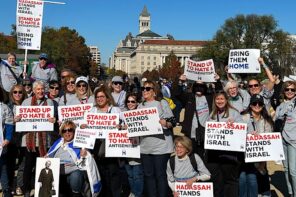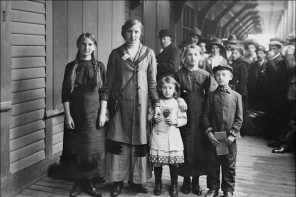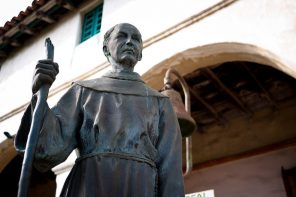There is a telling, if horrible, story told about the relatively brief Inquisition undertaken by the Spanish in the Yucatan peninsula not long after their arrival and subsequent conquest of the region. Having tortured a young Mayan renegade, they offered him one last chance to convert. “Don’t you want to go to heaven?” they asked him. “Are there Spanish there?” he replied. When they indicated that they hoped and expected so, he casually informed them that he had no desire for the place. So they killed him.
I found myself in the Yucatan peninsula last weekend, meditating on the strange confluence of spring solstice, full moon, and Easter that happens quite rarely. In the small city of Tulum, just two short hours south of the Spring Break Mecca of Cancun, the Maya built their last large temple complex prior to the Spanish arrival. When the Spanish first saw it, they marveled; there was nothing like this in Seville. There are still occasional solstice festivities celebrated in the area, though the grounds now constitute a museum (and a tourist destination).
But of Easter, there was almost nothing to see in this nominally Catholic region of an emphatically Catholic country. Breakfasting on Saturday morning in the pueblo, I asked our hosts if there were a festival of any kind that evening. “For what?” they asked, perplexed. “Easter,” I replied. They shrugged casually and returned to the kitchen. The next morning, I asked them where the church was; they didn’t know. It took some time to find it, as others I asked on the street also had no idea, or interest.
The church is affiliated with Our Lady of Guadalupe, and is a bright, cheery, tropical structure with lots of light and some uncommon frescoed images on the walls. But there were at most fifty people in this church on Easter morning, and every one of them was female. Some men were milling around outside in the courtyard, while others were grilling meat nearby. It was hard to get a bead on what exactly was being celebrated here.
Apparently the real celebration had taken place in town on Friday night. There was dancing, music, markets. The real holiday.
And I found myself reflecting on how, and why, Good Friday would resonate so strongly here in the Yucatan, how the story of the abuse of power by imperial Roman officials and the anguished suffering of the innocent who are silenced at the hands of violent force might ring truer and more resonant in a region that has been through what the Maya of the Yucatan went through. Easter Sunday, by contrast, is when the message ricochets back around, when we are presented with the hope that it was all worth it in the end, that it all meant something, that the bloodbath was actually going somewhere. It has traditionally been very difficult for Christians to maintain both of these ritual moments in the proper tension. One either witnesses the bloody excruciation of Friday, or the sunshine finery of Sunday morning. It occurred to me there, in the sweaty and storied Mayan Riviera, that holidays tell us many things in many ways and in many places. And while the triumphalist message of Easter morning echoes deeply in Protestant and Catholic parishes in North America, we may hear an important alternate voice in other regions; regions that remind us of the costs of empire, the darker side to any renaissance or revolution, and the strange fascination lying at the heart of this unfathomable story.




